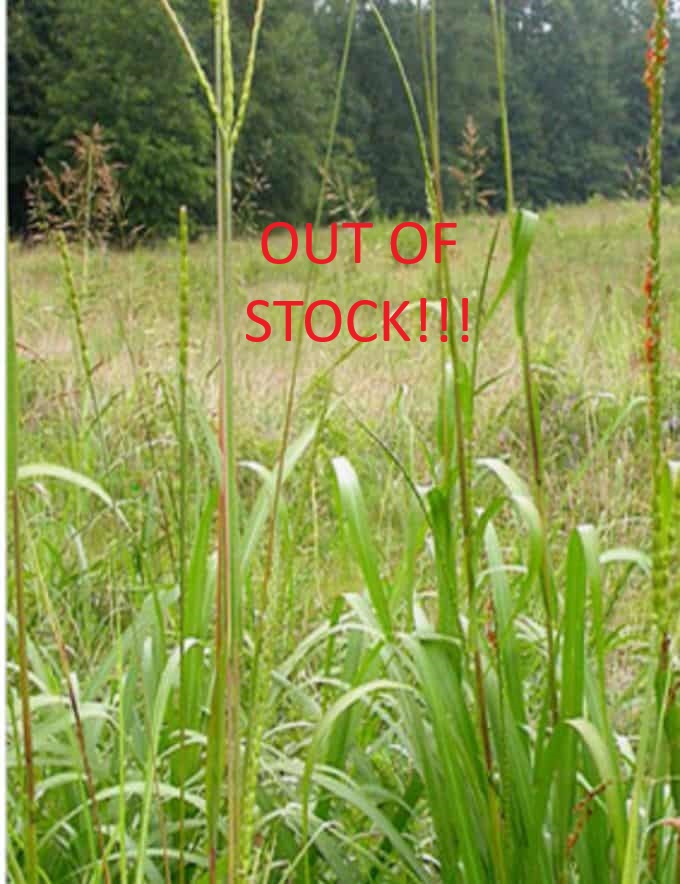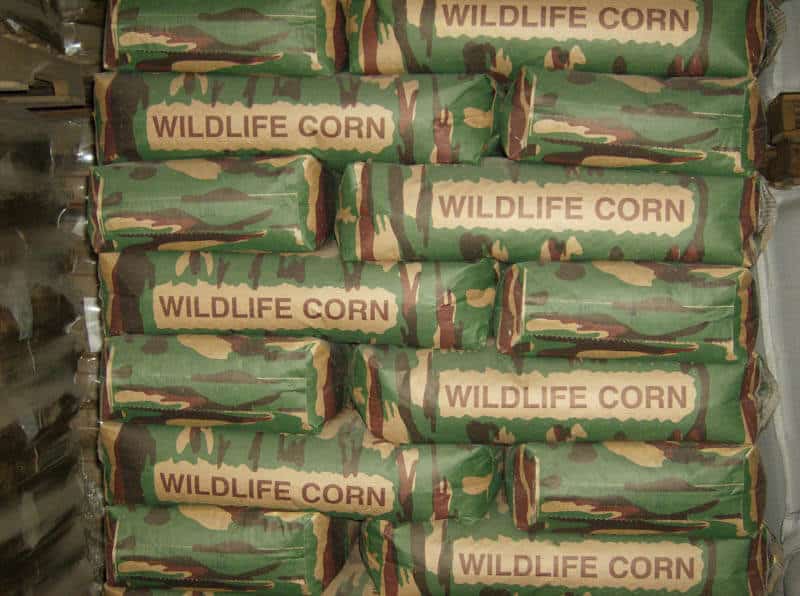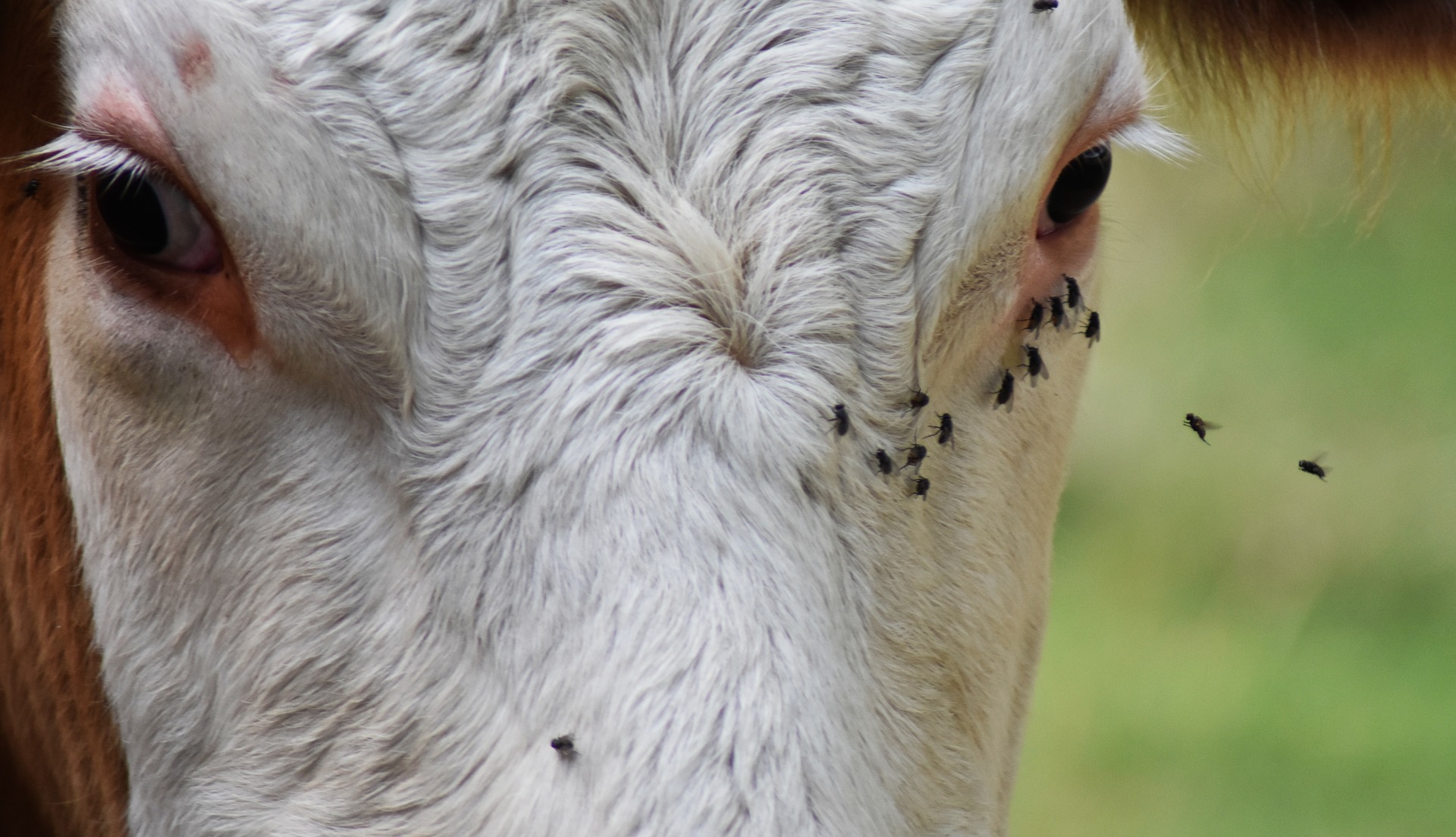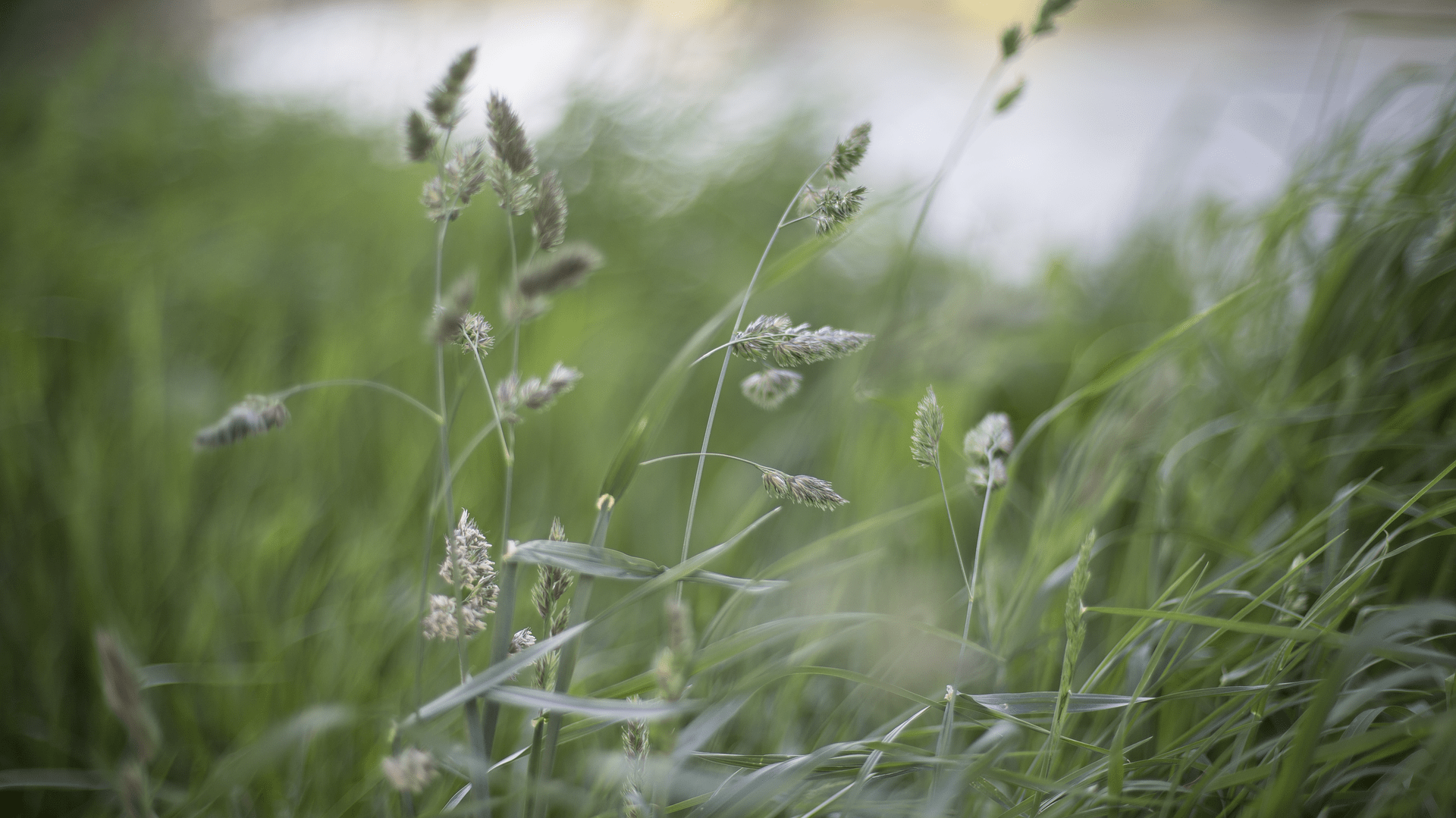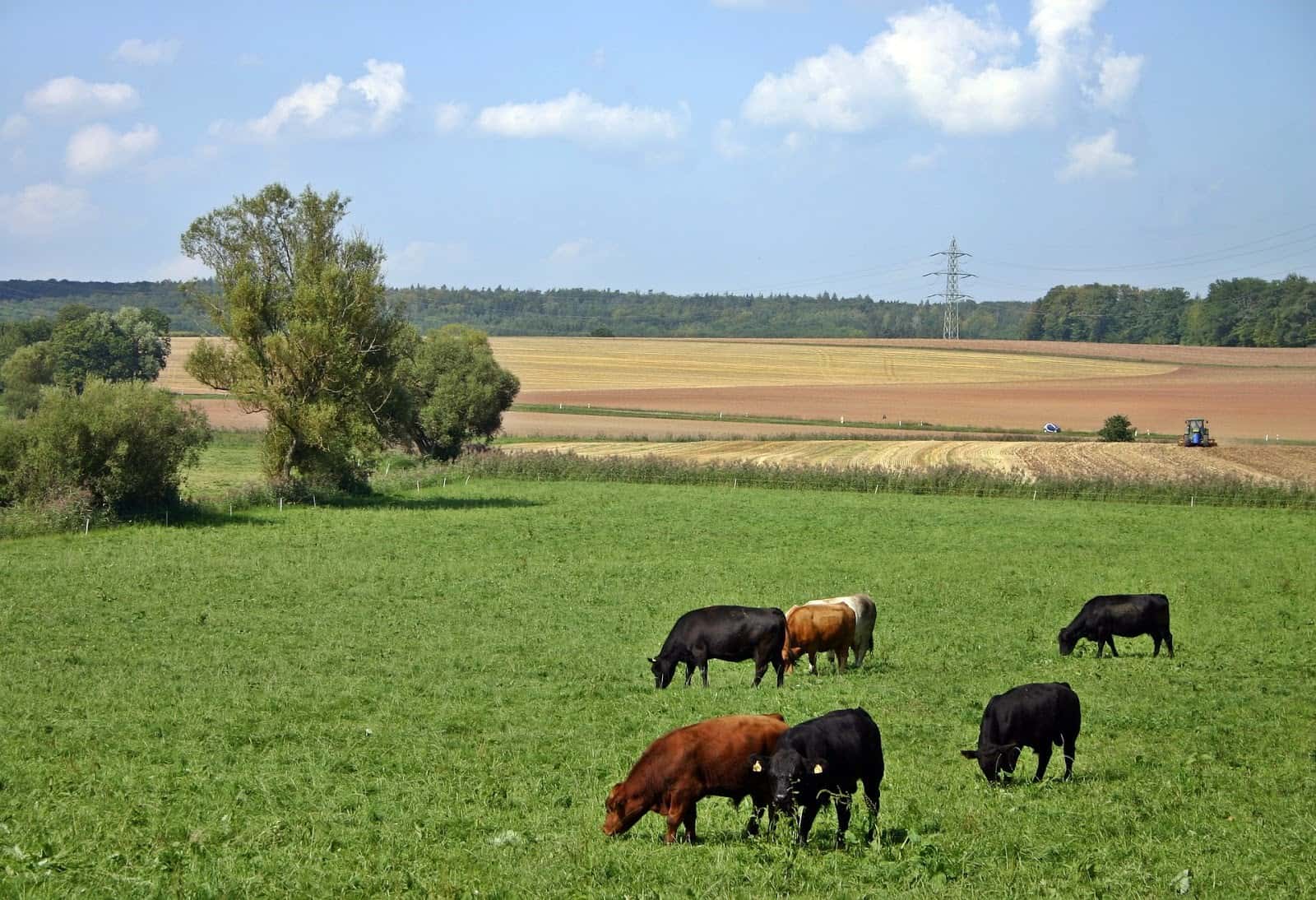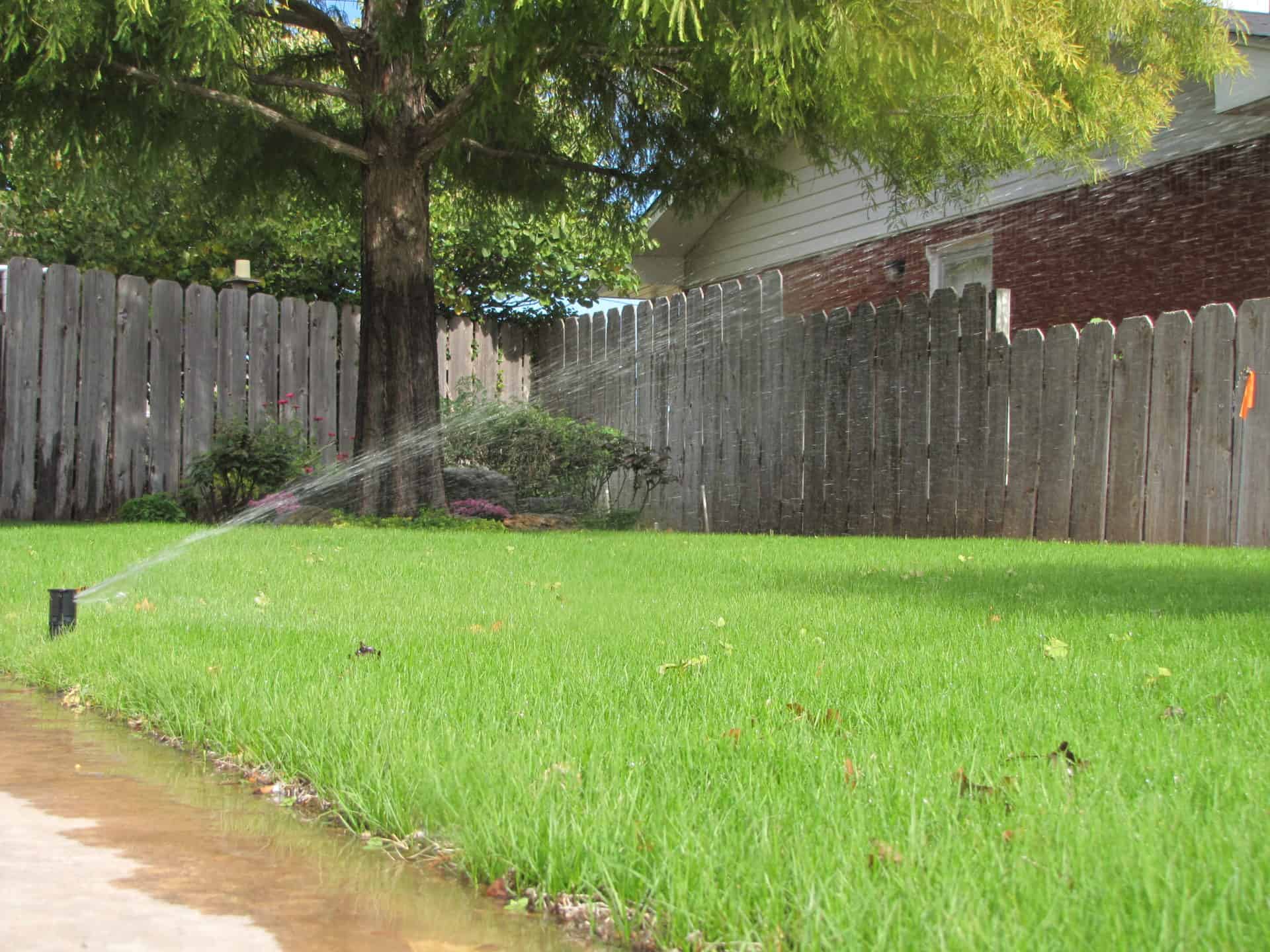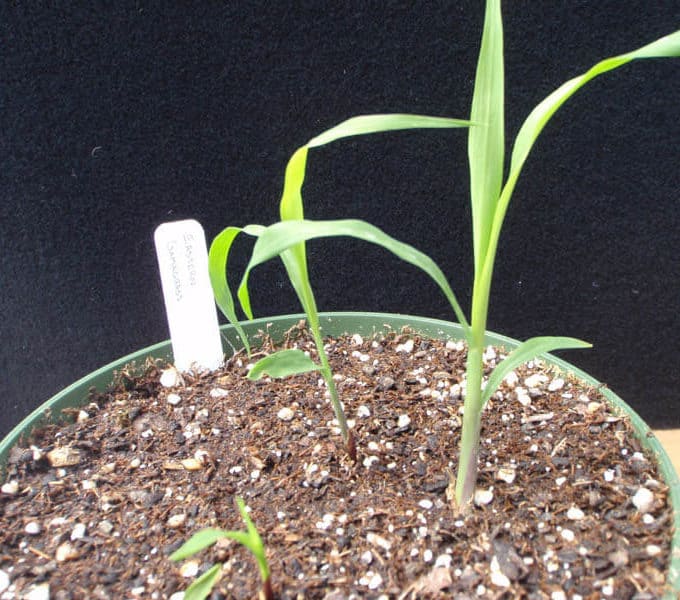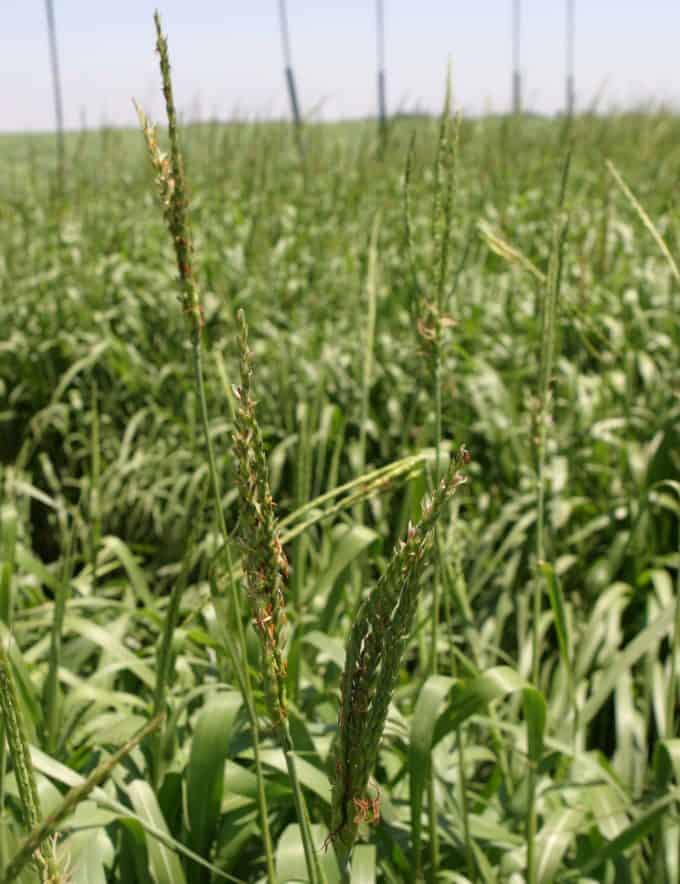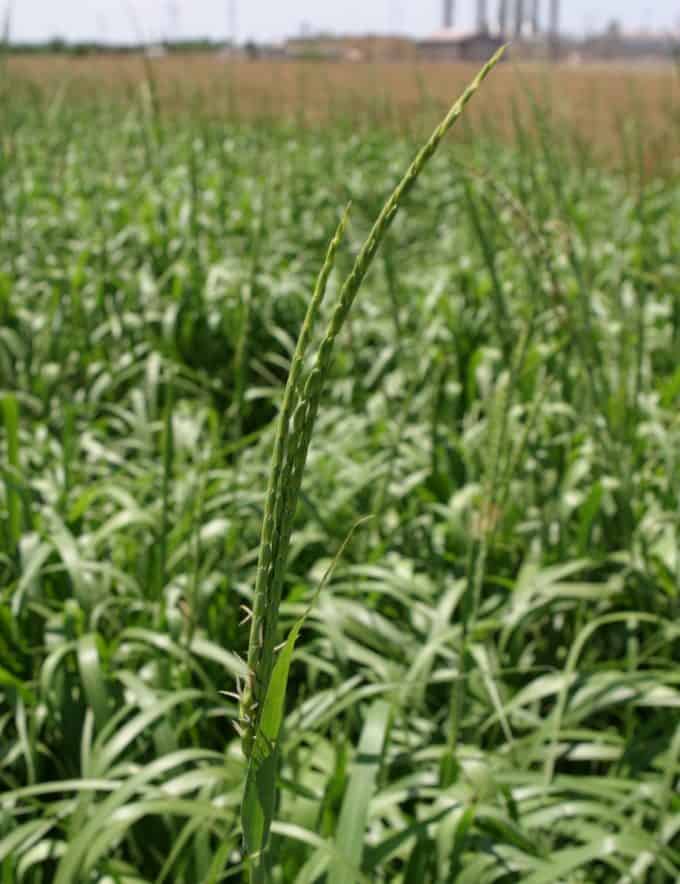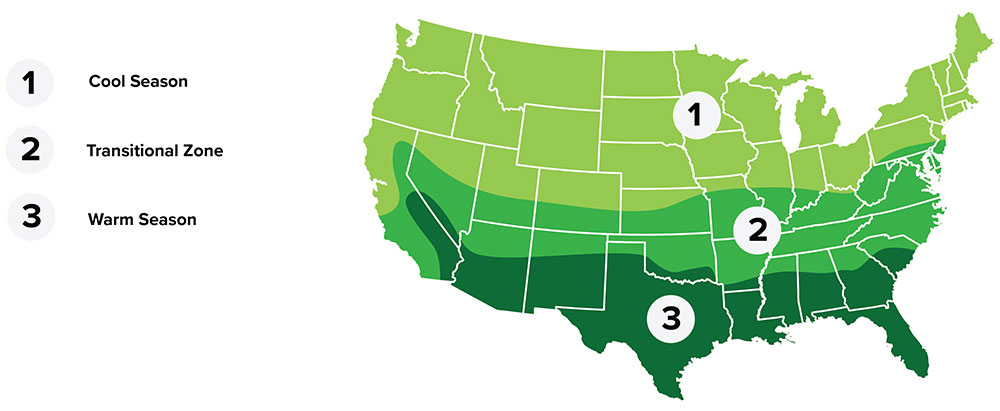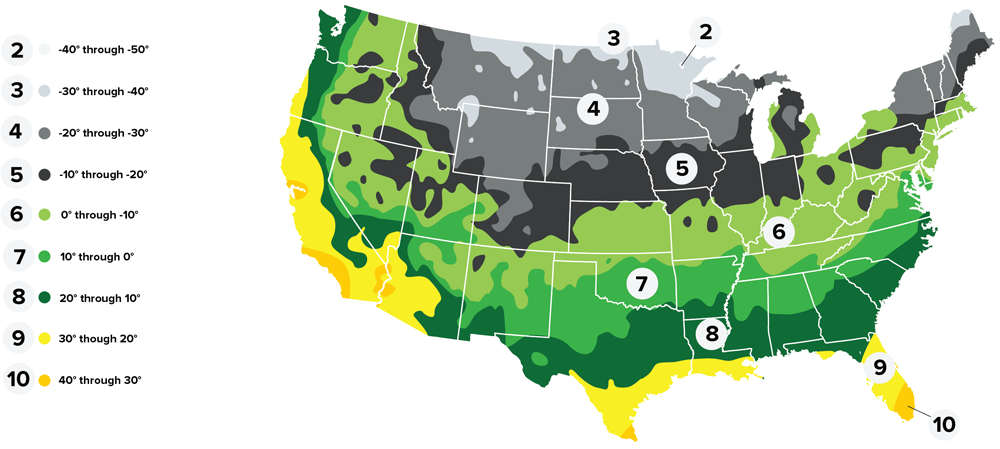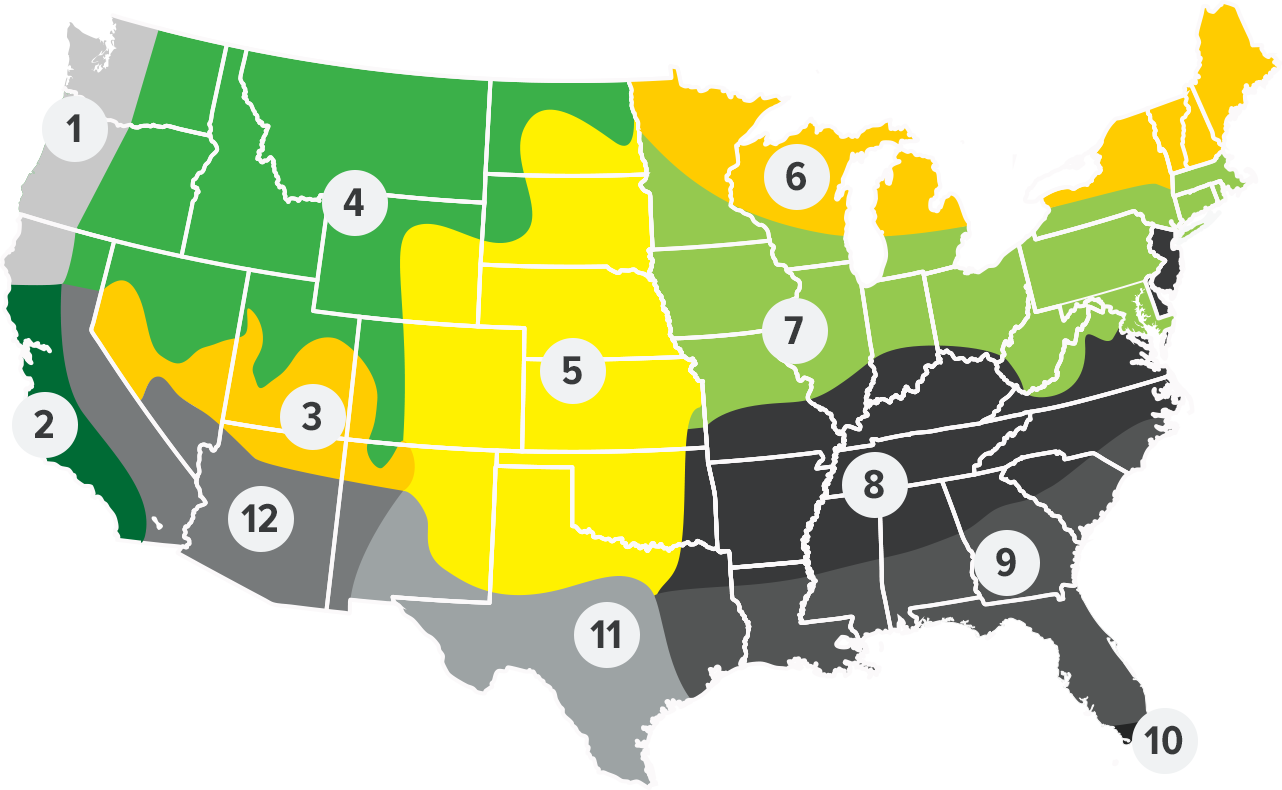Summary
Eastern Gamagrass is a native, perennial, bunchgrass known for its production of high quality livestock forage. It is a distant relative of corn and is native to most of the eastern half of the United States, but performs very well in fertile soils in the Central and Southern Great Plains. It ranges in height from 4 to 8 feet tall and reproduces by both seed and vegetatively from thick, knotty rhizome structures. Eastern Gamagrass is a monoecious species with separate male and female flowers. The seed unevenly matures and is prone to shattering. Seed production is generally quite low. Gamagrass is best planted as a monoculture when utilized for grazing because of the characteristic high palatability can easily lead to overgrazing in mixed species stands, thus the Gamagrass begins in decline and disappear. Because of the high seed dormancy issues associated with Gamagrass see “special considerations for planting” listed below.
Plant Characteristics
Taxonomy
Zone
- Regional Growing Zone
- 5 - Midwest, 7 - Great Lakes South, 8 - Appalacia, 9 - Southeast, 10 - South Florida, 11 - South Texas
- USDA Plant Hardiness Zones
- 5, 6, 7, 8, 9, 10
Plant Characteristics
- Height
- 48" - 96"
- Bloom Period
- Early-Summer
- Leaf Color
- Green
- Growing Cycle
- Perennial
- Growth Habit
- Bunch-Type
- Sun Requirement
- Full Sun
Plant Information
- Planting Season
- Winter - Spring
- Plant Depth
- 1" - 1.5"
- Minimum Soil Temp for Germination
- 65° F
- Establishment
- Hard
Seed Information
- Seeds Per Pound
- 7,200
- Kingdom
- PLANTAE
- Subkingdom
- TRACHEOBIONTA
- Super Division
- SPERMATOPHYTA
- Division
- MAGNOLIOPHYTA
- Class
- LILIOPSIDA
- Subclass
- COMMELINIDAE
- Order
- CYPERALES
- Family
- POACEAE
- Genus
- TRIPSACUM
- Species
- TRIPSACUM DACTYLOIDES
Coverage Area & Available Sizes
Applications
The most important use of Eastern Gamagrass is for forage. Eastern Gamagrass has been referred to “Candy on the Range” because of the highly palatable, highly nutritious forage than can be produced from a properly managed stand of Eastern Gamagrass. With proper nitrogen fertilization, 12% crude protein and yields of over 3 tons/acre can be achieved with improved varieties
Eastern Gamagrass has shown be an excellent grass for filter strip, vegetative barrier, and nutrient management. The large robust plants have the ability to uptake excess nutrients and stabilize the soil in many applications.
Notes
Eastern Gamagrass has a high degree of seed dormancy. For acceptable stand establishment the seed must either be artificially stratified or planted in the fall-early winter when soil temperature is below 50 ºF and it can be naturally stratified. A frequently used technique for artificial stratification involves soaking seed held in a burlap bag in a 1% fungicide solution for 10 to 12 hrs. Allow the solution to drain from bag and store for 6 to 10 weeks at 35 to 45 ºF. Remove seed and plant while seed is wet.









